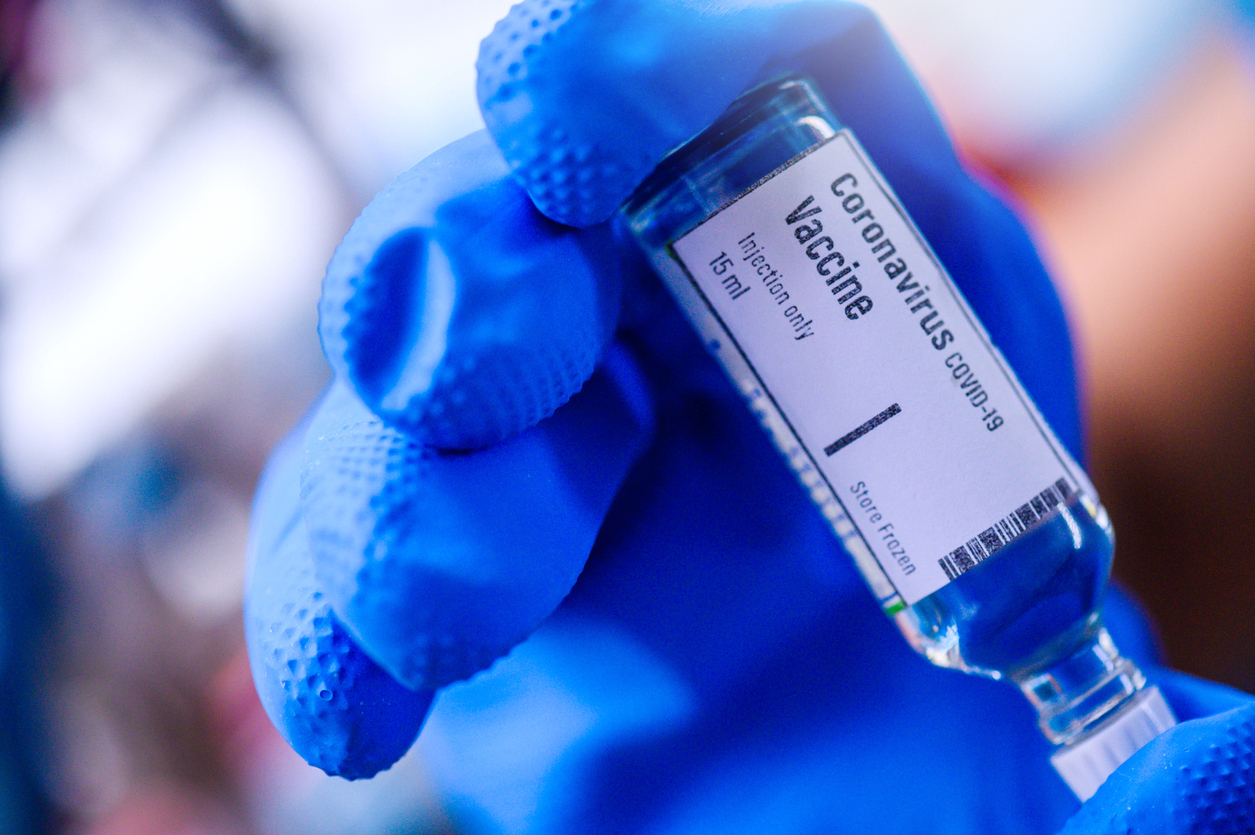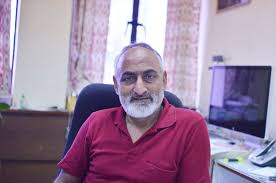
Fully tested, robust COVID-19 vaccine could be out in a year: CCMB chief
A properly-tested, robust vaccine for COVID-19 will take at least a year from now to be available for public use, a top scientist has said.

A properly-tested, robust vaccine for COVID-19 will take at least a year from now to be available for public use, a top scientist has said.
Rakesh Mishra, director of Hyderabad-based Centre for Cellular and Molecular Biology (CCMB), said in an interview with The Federal that “we can hope for partial relief by middle of next year or so when vaccines will get into the market with varying degrees of efficacy.”
Related interactive: The great race to a COVID vaccine
“But, you need a large amount of human trial data and sufficient time to zero in on a robust vaccine,” said Dr. Mishra.

The researcher’s assertion may come as a dampener for those expecting a vaccine by this year-end or early next year. Union Health Minister Harsh Vardhan had recently said that a vaccine for coronavirus would be available in the country by the beginning of next year.
“For a country like India, a vaccine with 50 per cent efficacy may not be very useful. It takes a longer time and a large amount of data to prove efficacy. At the moment, it is only gamble and hope,” Dr. Mishra said.
Related News: India’s role in production of COVID vaccine critical to contain pandemic, says Bill Gates
While the regulatory aspects can be fast-tracked and different phases of trials can be clubbed together, the actual process of determining the efficacy of a vaccine candidate cannot be hurried through because it needs ‘time and data’.
“We may have to handle this pandemic without vaccine for a long time,” he said.
“It is a good gamble to start the manufacturing if the initial results of human trials are encouraging because that would save the production time (once the efficacy is established). The amount of resources and efforts that are being put into the development of Covid vaccine is extraordinary and unprecedented. However, at the moment, it is a gamble and hope. We really don’t know which one of the vaccine candidates will be fully effective across all sections of the population,” the scientist said.
Related News: Serum Institute gets DCGI nod to resume trials of Oxford COVID vaccine
At present, three vaccine candidates are in different stages of clinical trials in India. The final phase of human trial of Oxford-Astrazeneca’s vaccine — Covishield — will begin at the Sassoon General Hospital in Pune this week, after the Drugs Controller General of India (DCGI) gave the go-ahead to Serum Institute of India (SII) to continue the trials.
Positive sign
While the desperate wait for the vaccine is getting longer than expected, there is a silver lining in the dark cloud. The novel coronavirus is not mutating at a pace that is normally expected of such viruses.
What it means is that a vaccine, once developed, will work everywhere.
“The virus is largely uniform all over the world now. A single strain (called A2a) is prevalent now. It is a good thing that the virus is not mutating fast and that we have not found anything very harmful among the people in areas where there are new mutant variants. As a result, a vaccine that works in the United States will work in India as well,” Dr. Mishra said.
Typically, one can expect the virus to become milder as time passes by. One of the main reasons for the coronavirus to spread rapidly is that it is mild and the infected are largely asymptomatic.
Asked about the reasons for low mortality rate in India, Dr. Mishra said it was not because we have done anything different but could be attributed to the demographic and genetic factors.
“One factor could be that we have a large population of younger people in 30s and 40s who are infected. They have a better immune system to fight the disease. It is also possible that we have had exposure to such viruses in the past and gained some immune experience. This is something that needs to be investigated by the researchers,” the director said.
Besides, India’s healthcare system has also improved in recent times.
“The actual mortality rate must be much lower than what we see today because we are not testing much,” he said.
As of now, the case fatality ratio (CFR) or the number of deaths against the number of confirmed infections in India is 1.63 per cent. This is about half of the global number, which currently stands at 3.14 per cent, and has been steadily declining.
“The CFR could be much lower, say about 0.5 to 0.6 percent. We are not testing much,” he says.
Related video: Clinical trials of COVID-19 vaccine
India’s position looks much better if deaths per million population is taken into account. Globally, about 121 coronavirus-related deaths have happened per million population, while in India, this number is only about 60.
However, the scientists have repeatedly emphasised that calculating CFR this way, by dividing the total number of deaths by the total number of confirmed infections on any given day, is likely to present a somewhat misleading picture.
That is because the epidemic is still evolving, and those dying on any given day are usually not from the group of people who got infected the same day, but rather from the group that got infected two or three weeks earlier. A better estimate of CFR would therefore require a comparison of the total number of deaths with the number of confirmed infections two to three weeks previous to that.
CCMB joins vaccine race
The CCMB is among the three CSIR (Council for Scientific and Industrial Research) laboratories to have signed a collaborative agreement with the Hyderabad-based Aurobindo Pharma for clinical development and commercialisation of COVID-19 vaccines. The Medical Technology (IMTECH), Chandigarh and Indian Institute of Chemical Biology (IICB), Kolkata, are the other two CSIR institutes involved in the initiative.
How is the vaccine candidate of the CCMB different from the other candidates currently undergoing human trials?
“What we are attempting is a second-generation vaccine. Here, we are using a cluster of proteins as the vaccine. It does not contain the genetic material of the virus but its structure is reminiscent of the virus,” Dr. Mishra said.
The method is called Virus-like particle (VLP) technology. The VLPs mimic the native viruses without being infectious, since they do not carry any viral genetic material. When presented within a host immune system, VLPs evoke effective immune responses without triggering the side effects associated with the native virus.
“We are working on novel proteins for vaccine development that has the potential to address the need for a second-generation vaccine. This is a very challenging pathogen,” the scientist said.
The CCMB is hoping to present the ‘proof of concept’ in the next 4 to 5 months. “At that point, Aurobindo Pharma will take over and carry out clinical trials to determine efficacy,” he said.


